
1. Immediate Response and Notification
Alarm and Information Reporting: Once a sodium cyanide leakage is detected on land, the first step is to immediately report the incident to the local emergency management department, environmental protection department, and relevant industrial safety supervision agencies. Provide detailed information such as the location of the leakage, the estimated quantity of leaked Sodium Cyanide, and any potential risks to nearby areas, including residential areas, water sources, and sensitive ecological environments.
Emergency Team Mobilization: Activate the pre - established emergency response team. This team should consist of professionals trained in handling hazardous chemical incidents, including chemists, firefighters with specialized chemical response training, and environmental protection technicians. Ensure that all team members are notified promptly and are aware of their specific responsibilities in the emergency response process.
2. Site Isolation and Evacuation
Establishing a Safe Perimeter: Set up a security perimeter around the leakage site. The size of the perimeter should be determined based on factors such as the quantity of leaked Sodium cyanide, wind direction, and topography. As a general guideline, for a significant leakage, an initial isolation zone of at least 100 meters may be required, but this should be adjusted according to the actual situation. Use physical barriers such as barricades, tapes, or vehicles to mark the perimeter clearly.
Evacuation of Affected Areas: Evacuate all non - essential personnel from the areas within the established perimeter and potentially affected downwind areas. Provide clear evacuation instructions to the public through various means, such as loudspeakers, emergency alerts on mobile phones, and local media announcements. Designate safe evacuation routes that avoid areas where the risk of exposure to sodium cyanide is high. Ensure that vulnerable groups, such as the elderly, disabled, and children, are given special assistance during the evacuation process.
3. Personal Protective Equipment (PPE) for Response Personnel
Proper PPE Selection: All personnel involved in the on - site emergency response must wear appropriate personal protective equipment. This includes air - tight chemical - resistant suits that cover the entire body, self - contained breathing apparatus (SCBA) to ensure a clean air supply, chemical - resistant gloves, and boots. The PPE should be of a high standard and suitable for protection against the highly toxic nature of sodium cyanide.
Training on PPE Use: Before any response operation, ensure that all emergency responders are well - trained in the correct use, donning, and doffing of the personal protective equipment. Regular drills should be conducted to maintain proficiency, as improper use of PPE can lead to serious exposure risks for the responders.
4. Leakage Source Control
Shutting off Valves and Stopping Releases: If possible, identify and shut off the valves or sources that are causing the sodium cyanide leakage. This may involve turning off pipelines, closing storage tank valves, or stopping the operation of equipment involved in the leakage. However, this should only be attempted by trained personnel wearing proper PPE and after ensuring that it can be done safely.
Containment of Liquid Leakage: For liquid sodium cyanide leaks, use absorbent materials such as activated carbon, vermiculite, or special chemical - resistant absorbent pads to contain and soak up the leaked substance. Build temporary dikes or barriers around the leakage area using materials like sandbags to prevent the spread of the liquid sodium cyanide. These barriers should be designed to direct the flow of the leaked substance towards a controlled collection point.
Solid Leakage Handling: In the case of solid sodium cyanide leakage, use clean, dry shovels to carefully collect the solid particles. Place the collected sodium cyanide into clean, dry, and tightly - sealed containers. Avoid generating dust during the collection process, as airborne sodium cyanide dust can be highly toxic.
5. Decontamination and Clean - up
Chemical Decontamination: After containing the leakage, use appropriate chemical decontamination methods. One common approach is to use strong alkaline hypochlorite solutions. React the sodium cyanide with the hypochlorite in a controlled environment. The reaction typically takes about 24 hours to break down the cyanide into less harmful substances. However, this process should be carried out in accordance with strict safety protocols and under the supervision of professionals.
Environmental Clean - up: Once the chemical decontamination is complete, clean up the affected area thoroughly. Remove all contaminated soil, debris, and absorbent materials. These materials should be treated as hazardous waste and transported to a licensed hazardous waste disposal facility for proper disposal. Wash down the area with large amounts of water, but ensure that the runoff water is collected and treated to remove any remaining traces of cyanide before it is discharged into the environment.
6. Medical Response and Monitoring
First Aid for Exposure Victims: Provide immediate first aid to anyone who has been exposed to sodium cyanide. For skin contact, immediately remove contaminated clothing and wash the affected skin with large amounts of flowing water or a 5% sodium thiosulfate solution for at least 20 minutes. In case of inhalation, move the victim to an area with fresh air immediately. If the victim's breathing or heartbeat has stopped, perform cardiopulmonary resuscitation (CPR), but avoid mouth - to - mouth resuscitation. Instead, use a barrier device or mechanical ventilation methods.
Medical Monitoring: Set up a medical monitoring post near the incident site to continuously monitor the health of responders and potentially exposed individuals. Conduct regular medical check - ups, including blood tests to detect any signs of cyanide poisoning. Provide access to specialized medical treatment for those who show symptoms of exposure, such as headache, dizziness, nausea, and difficulty breathing.
7. Environmental Monitoring
Air Quality Monitoring: Continuously monitor the air quality in and around the leakage site using gas detection equipment. Measure the concentration of hydrogen cyanide gas, which may be generated as a result of the reaction of sodium cyanide with acids or water in the environment. Set up multiple monitoring points to accurately map the extent of air pollution and to ensure that the air quality returns to safe levels before allowing the public to re - enter the area.
Soil and Water Monitoring: Analyze soil samples from the affected area to determine the extent of soil contamination by sodium cyanide. In addition, monitor nearby water sources, including surface water and groundwater, for cyanide contamination. Regular sampling and laboratory analysis should be carried out to assess the effectiveness of the clean - up and decontamination measures and to ensure that the environment is not left with long - term pollution risks.
8. Post - incident Review and Reporting
Incident Investigation: After the emergency situation has been fully resolved, conduct a comprehensive investigation into the cause of the sodium cyanide leakage. Identify any failures in storage, transportation, or handling processes. This investigation should involve all relevant parties, including the facility operator, regulatory agencies, and technical experts.
Reporting and Documentation: Prepare a detailed report on the entire incident, including the sequence of events, the emergency response actions taken, the results of environmental monitoring, and the lessons learned. Submit this report to the relevant regulatory authorities and internal management. Use the findings of the report to improve future emergency response plans and safety procedures to prevent similar incidents from occurring in the future.
- Random Content
- Hot content
- Hot review content
- Collector BLK-301/Composite Flotating Active Matter ≥60%
- T-610 collector Salicyl oxime acid derivative Content 3.5%
- Industrial Acetic Acid 99.5% Colorless Liquid Glacial acetic acid
- Sodium Peroxide
- Potassium borohydride
- Anhydrous Ammonia 99% Liquid
- Ammonium Persulfate Industrial Grade 98.5%
- 1Discounted Sodium Cyanide (CAS: 143-33-9) for Mining - High Quality & Competitive Pricing
- 2China's New Regulations on Sodium Cyanide Exports and Guidance for International Buyers
- 3Sodium Cyanide 98% CAS 143-33-9 gold dressing agent Essential for Mining and Chemical Industries
- 4International Cyanide(Sodium cyanide) Management Code - Gold Mine Acceptance Standards
- 5China factory Sulfuric Acid 98%
- 6Anhydrous Oxalic acid 99.6% Industrial Grade
- 7Oxalic acid for mining 99.6%
- 1Sodium Cyanide 98% CAS 143-33-9 gold dressing agent Essential for Mining and Chemical Industries
- 2High Quality 99% Purity of Cyanuric chloride ISO 9001:2005 REACH Verified Producer
- 3Zinc chloride ZnCl2 for High Molecular Weight Polymers Initiator
- 4High Purity · Stable Performance · Higher Recovery — sodium cyanide for modern gold leaching
- 5High Quality Sodium Ferrocyanide / Sodium Hexacyanoferr
- 6Gold Ore Dressing Agent Safe Gold Extracting Agent Replace Sodium Cyanide
- 7Sodium Cyanide 98%+ CAS 143-33-9

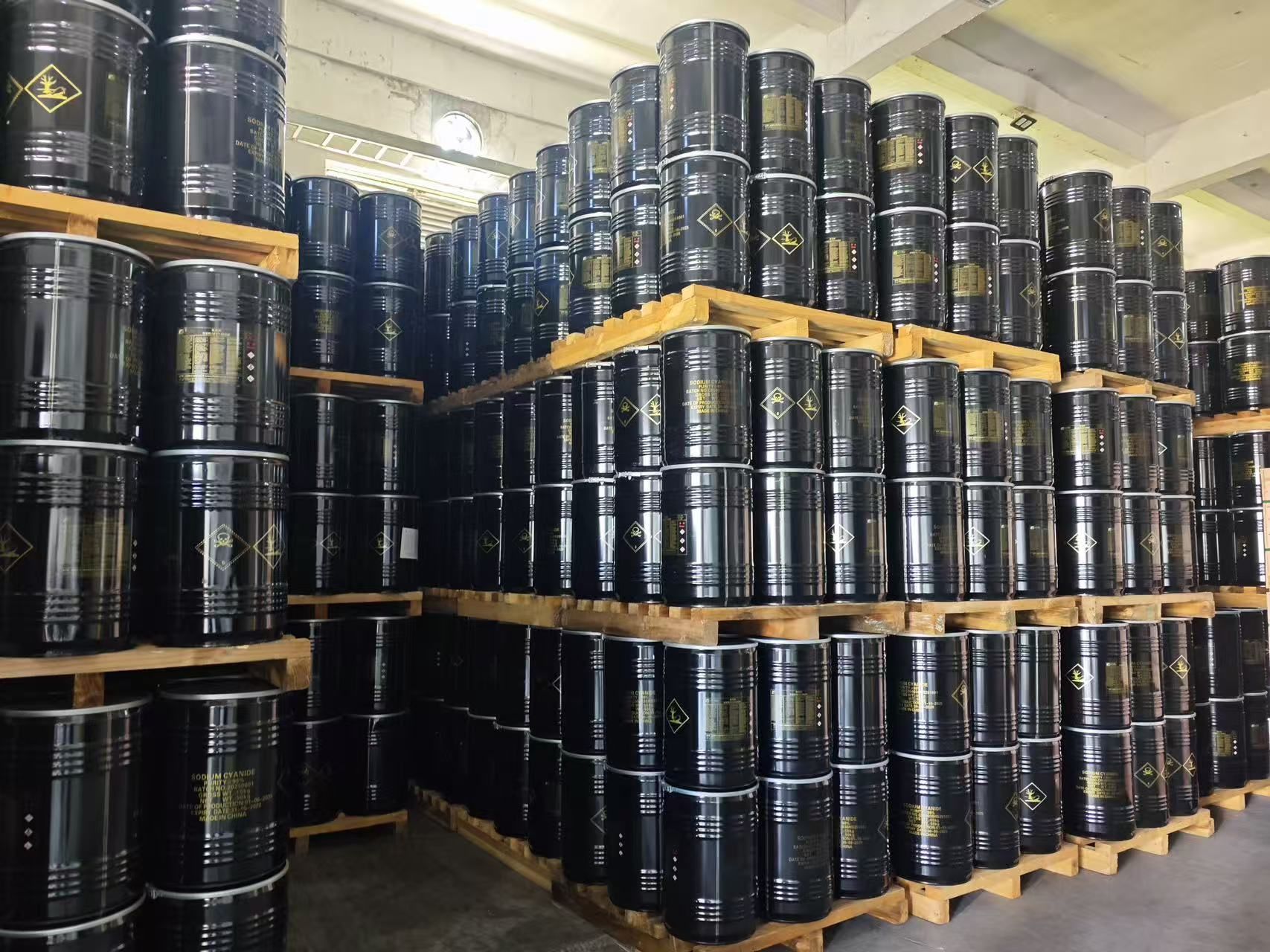
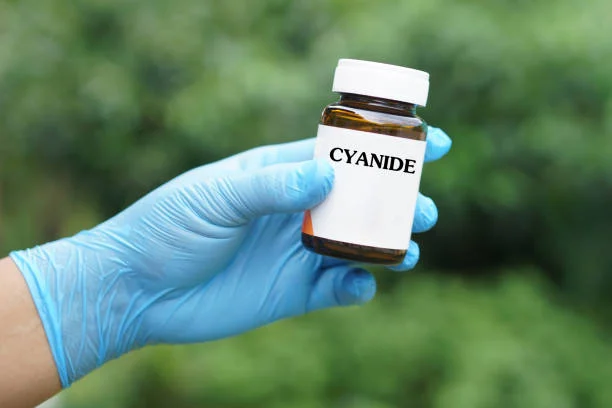
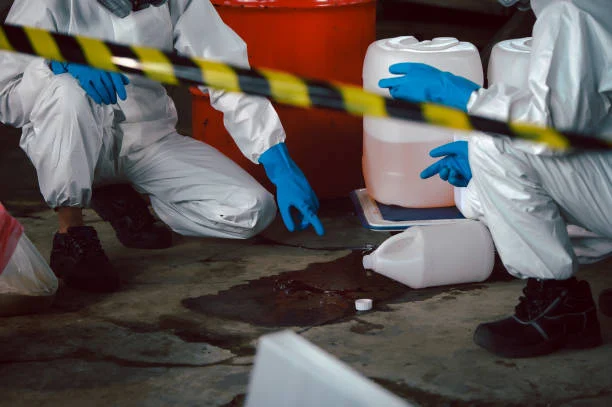
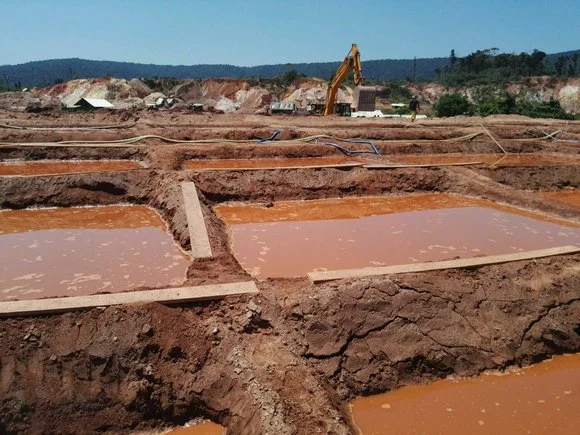
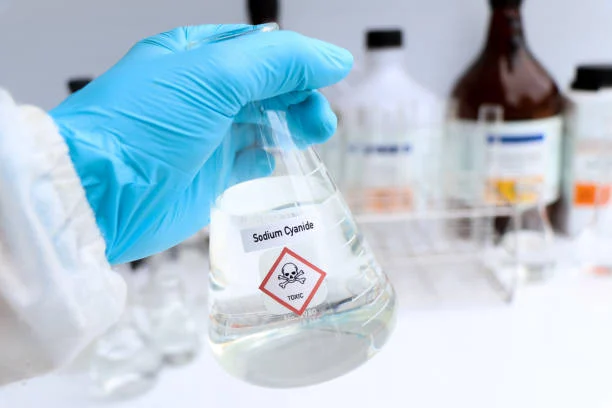
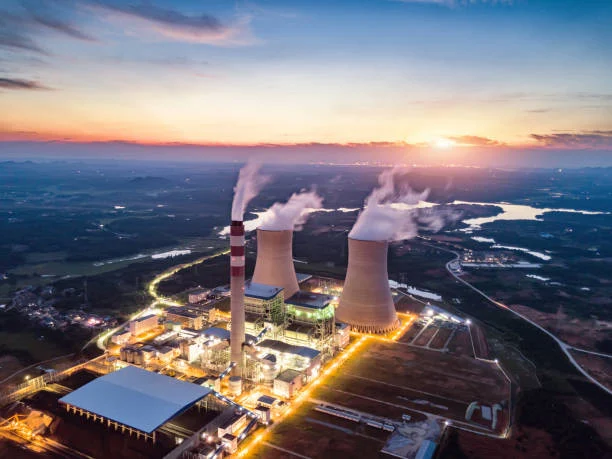

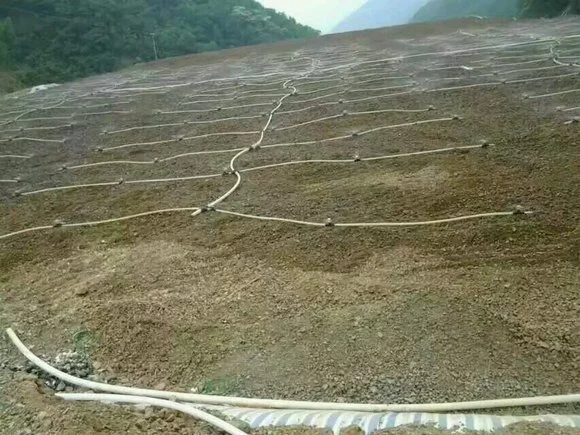


Online message consultation
Add comment: